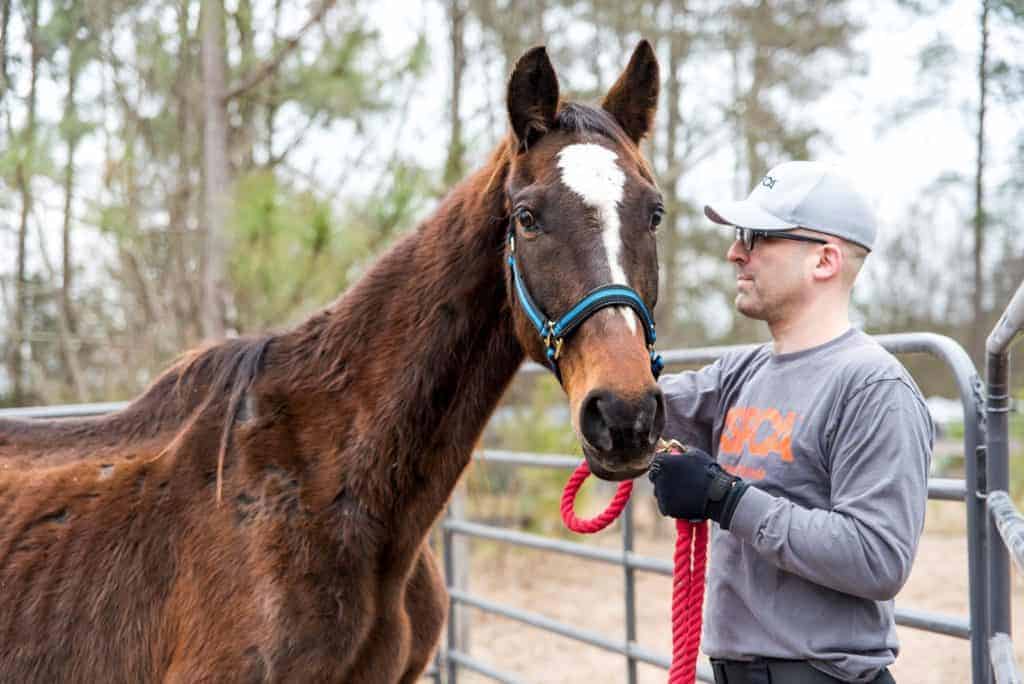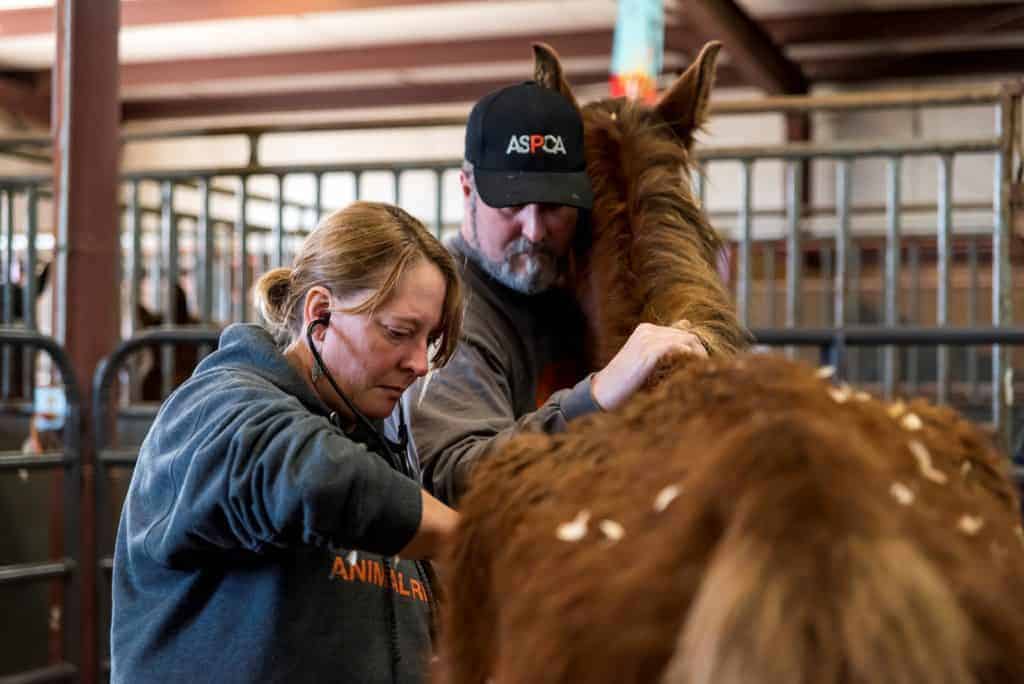
Diagnosing and Treating Equine Muscle Injuries
While not frequently diagnosed, equine muscle injuries can cause pain, lameness, and poor performance in horses.

While not frequently diagnosed, equine muscle injuries can cause pain, lameness, and poor performance in horses.

Horses with exertional myopathies can benefit from dietary modifications as well as consistent targeted exercise.

Learn about mild bite misalignments, the forces that impact them, and considerations about correcting them.

Roly-poly, cresty-necked horses and ponies are in harm’s way. Here’s how to help your overweight equid shed pounds.

Equine practitioners must be familiar with the signs of abuse, its various forms, and their role in preventing it.

A forage-based, total mixed-ration cube fed free choice supported weanling growth rates without increasing DOD cases.

Successful treatment depends on an accurate diagnosis and good knowledge of the therapeutic options available.

How a vet examines and treats allegedly abused horses can mean the difference between a successful or unsuccessful case.

A difficult birth can be life-threatening for both mare and foal if not handled promptly and properly.

The good news is that many of the laminitis risk factors researchers identified can be detected early and modified.

Veterinarians discuss how they diagnose and treat injuries to the collateral ligament, DDFT, navicular bursa, and more.

Mares had higher pregnancy rates per cycle as sperm numbers and number of inseminations per cycle increased.

Scientists tested whether estradiol-17B, progesterone, alpha fetoprotein, and/or serum amyloid A could predict abortion.
Convention attendees flocked to Orlando, Florida, from across the United States, Canada, and 46 other countries.

The Horse hit the trade show floor to learn more about a few of the exhibitors and their companies at AAEP.

Top tweets and take-homes from sessions on PSSM, laminitis studies, equine tongue tumors, and more!
Stay on top of the most recent Horse Health news with
"*" indicates required fields